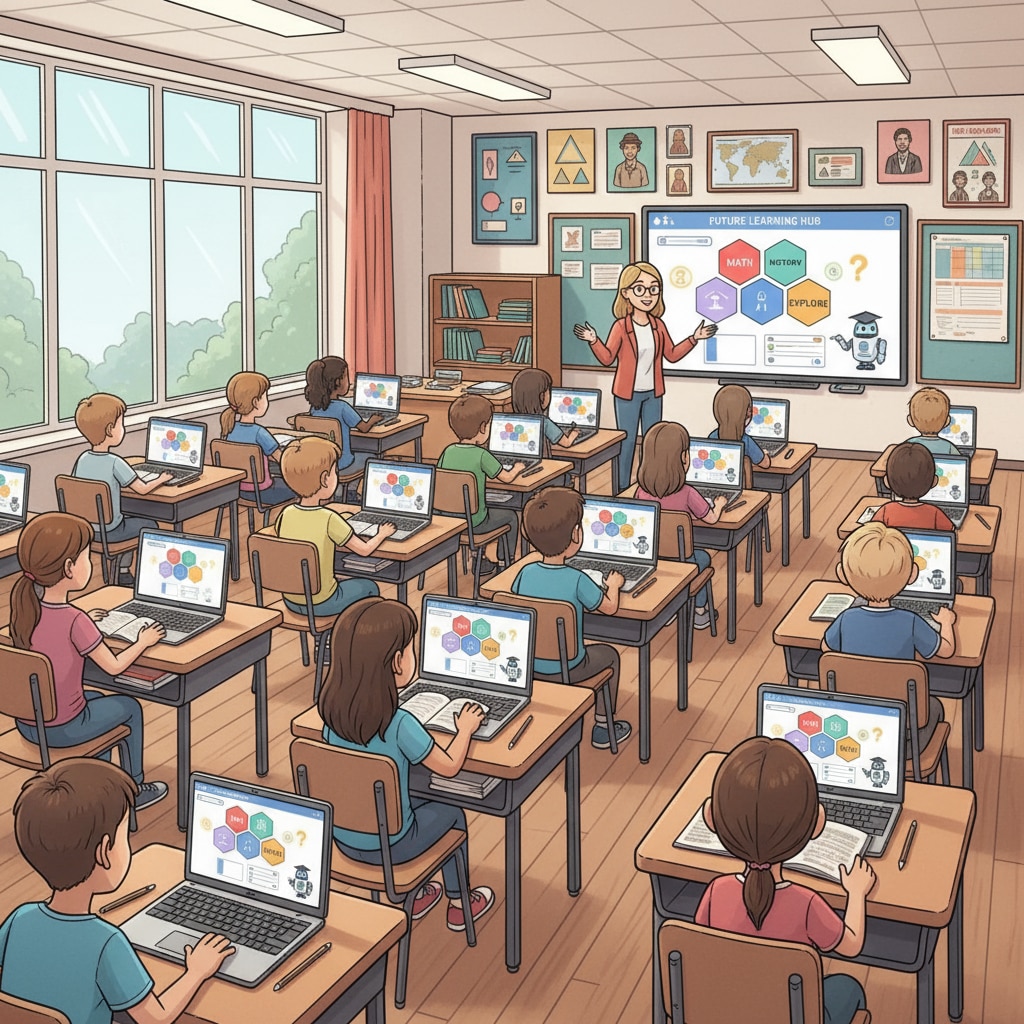AI policies, academic integrity, and educational equity are at the forefront of discussions as artificial intelligence makes its way into K12 classrooms. The integration of AI in education brings both opportunities and challenges. On one hand, it offers new ways to enhance learning experiences, but on the other, it raises concerns about fairness and the authenticity of academic work.

The Rise of AI in K12 Education
AI has become an increasingly prevalent tool in K12 education. From intelligent tutoring systems that adapt to individual student needs to writing assistants that help with grammar and vocabulary, the technology is changing how students learn. For example, some schools are using AI-powered platforms to provide personalized learning paths for students, tailoring instruction to their specific strengths and weaknesses. According to How AI is Transforming K12 Education on Edsurge, these tools have the potential to engage students more effectively and improve academic outcomes.
AI Policies: A Necessary Guardrail
To address the concerns surrounding AI in education, schools are implementing AI policies. These policies aim to define acceptable and unacceptable uses of AI in academic work. For instance, some policies may prohibit students from using AI to complete assignments entirely, while others may allow its use for research and inspiration as long as proper attribution is given. However, enforcing these policies can be a challenge, as it’s not always easy to detect when AI has been misused. As a result, schools need to invest in training for teachers to help them identify and address AI-related issues.

Academic integrity is a cornerstone of education, and AI threatens to undermine it. When students use AI to cheat on assignments or exams, it devalues the learning process and the achievements of honest students. To maintain integrity, schools must educate students about the importance of doing their own work and the consequences of academic dishonesty. In addition, educators can design assessments that are less susceptible to AI cheating, such as in-class, timed writing tasks or projects that require hands-on work.
Educational Equity in the Age of AI
Another critical aspect is educational equity. There’s a risk that AI could widen the gap between students from different socioeconomic backgrounds. Students with access to better resources and technology may be able to take greater advantage of AI tools, while those from disadvantaged families may be left behind. To combat this, schools and policymakers need to ensure equal access to AI resources and provide support to students who may struggle to use these tools effectively. According to How Artificial Intelligence Could Affect Educational Equity on Brookings, initiatives like providing free AI software and training to all students can help level the playing field.
In conclusion, as AI continues to shape K12 education, finding the right balance between AI policies, academic integrity, and educational equity is crucial. By implementing clear policies, promoting integrity, and ensuring equal access, we can help students thrive in the digital age while maintaining the values of authentic learning. Readability guidance: The use of short paragraphs and lists helps summarize key points. Each H2 section provides a list of relevant aspects. The proportion of passive voice and long sentences is controlled, and transition words are used throughout the article to enhance flow.


